This post may contain affiliate links. For more information, please see our affiliate policy.
From Barbera to Zinfindel, this Guide to Red Wine will take you through the basics and beyond. I’ll help you select the perfect red wine food pairings, be a more adventurous wine drinker, and impress your friends with your red wine knowledge.
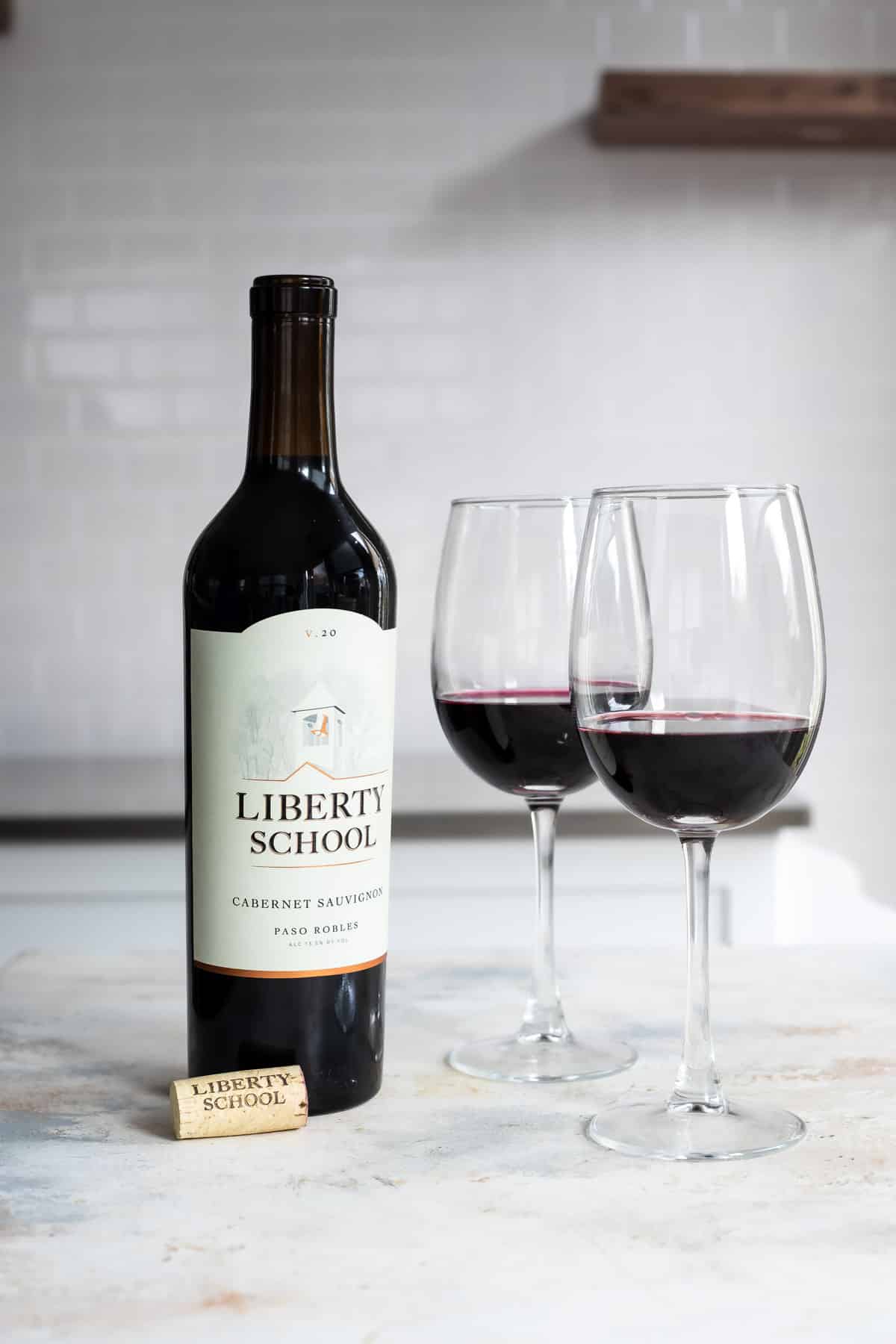
Whether you’re new to red wine, think you don’t love it, or drink it every week, chances are high that you’ll learn something new in my Guide to Red Wine. Discover the difference between light- and full-bodied red wines, how to serve red wine, and some of my best recipes to pair with red wine.
Table of Contents
What is Red Wine—And How Is It Made?
Red wine is fermented grape juice made using red grapes that are aged with their skins.
To make red wine, winemakers grow, harvest, crush, then ferment grapes (skins included) in a tank or vat with yeast. This yeast eats the grape’s natural sugars to create alcohol. Most wines are then pressed to separate the skins from the juice. (Some winemakers opt to leave the wine unpressed; which is known as “free-run juice.”)
The wine is then aged in either oak, concrete, or stainless steel. After that, red wine may be treated with a preservative, sulfur dioxide, or may undergo malolactic fermentation, which is designed to tame down some of the bitter qualities. Red wines are then filtered, bottled, corked, and labeled.
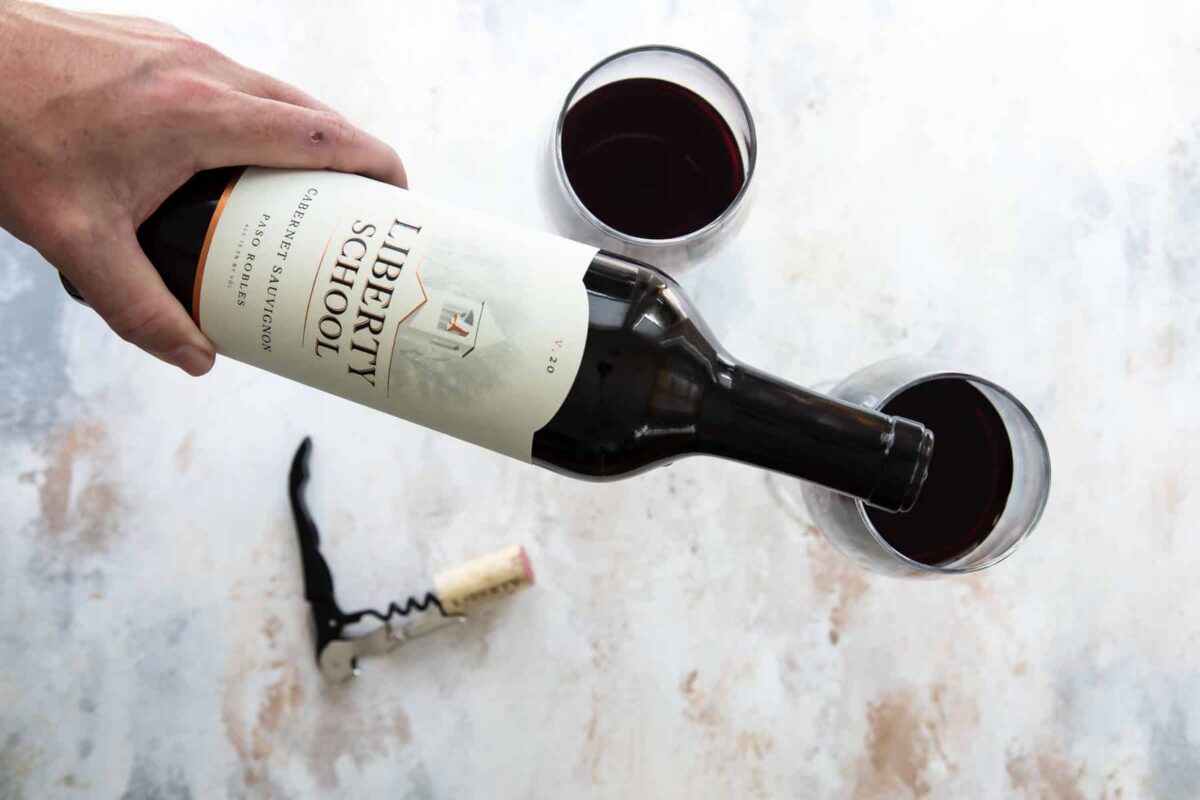
The Qualities of Red Wine
Regardless of the grape(s) used to make red wine, all red wines share a few common characteristics. First, the color, of course! Red wines can be everything from light ruby to deep purple. As red wine ages, it might look a bit more brownish in color; this is normal.
Next, tannins. This is the astringent quality you might recall experiencing after drinking tea, apple cider, or beer. It’s also the major factor that makes wine really cellar-worthy or ageable. In wine, tannins are a sensation created by the polyphenols in the skins and seeds of the grapes. Since those parts of the fruit are removed early on during the white wine-making process, white wines don’t often display tannins.
Third, acidity, which is one quality that makes many red wines very food-friendly. Higher-acid wines taste crisp, and lower-acid wines land smoother (and almost sweeter, so if you’re a sweet wine fan, this might be your sweet spot).
Lastly, flavor notes. Unlike white wines that often nod to citrus and tropical flavors, red wines naturally feature fruit flavors (ranging from underripe strawberries to jammy blackberries to raisins), floral qualities, herb and spice flavors (like pepper, clove, and cinnamon), and earthy elements (smoky, tobacco, leather)
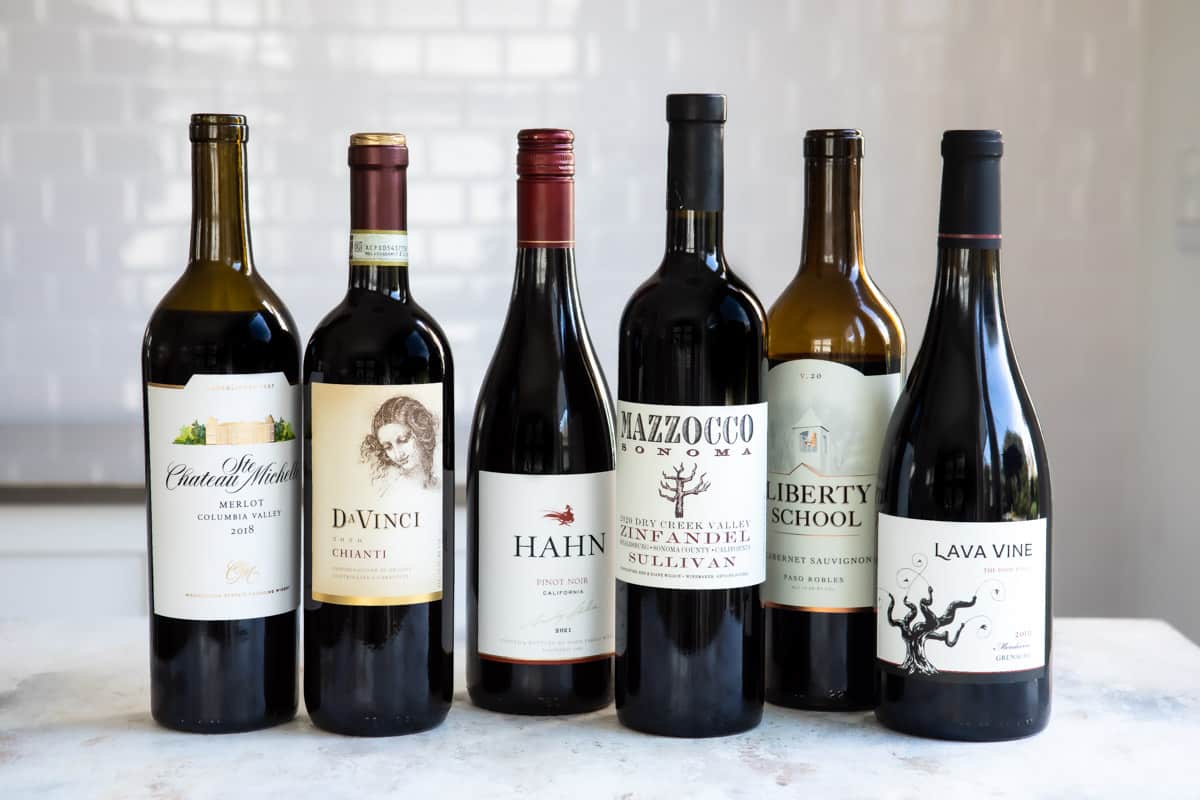
Red Wine Spectrum
Of course, all red wines also share one other detail in common: they contain alcohol. (Well, except for the growing cast of non-alcoholic wines on the market, which we love to see!)
Whether red or white, traditional wines fall under one of three “body” umbrellas:
- Light-bodied wines: 12 ½ percent alcohol by volume (ABV)
- Medium-bodied wines: 12 ½ to 13 ½ percent ABV
- Full-bodied wines: 13 ½ ABV or more
The spectrum below will walk you through these three red wine categories, including a sampling of the wine varietals of some of the wines you can enjoy in this category. Keep in mind that red blends often feature more than one of these; the combination is designed to offer a finished product that none of the individual grapes can offer on their own.
Light-bodied reds are an ideal entry point for white wine devotees or those who don’t think they like red wine. They’re typically lower in tannins and are often grown in cooler climates.
- Gamay
- Pinot Noir
- Grenache/Garnacha
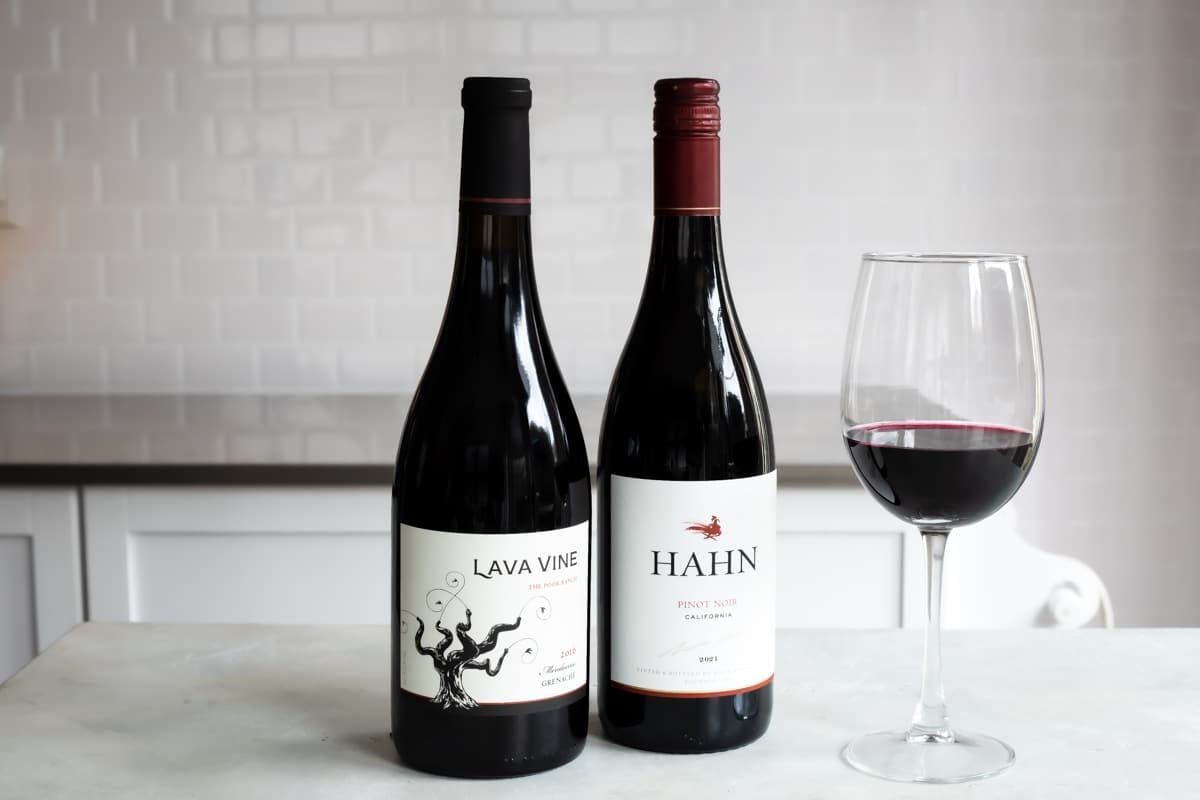
Medium-bodied reds are similar to your favorite pair of jeans or blazer; they’re versatile, crowd-pleasing, and, if you’re unsure about the recipient’s preferences, are among the best red wines to gift.
- Cabernet Franc
- Sangiovese/Chianti
- Rhône blend (like Grenache-Syrah-Mourvèdre)
- Barbera
- Merlot
- Montepulciano
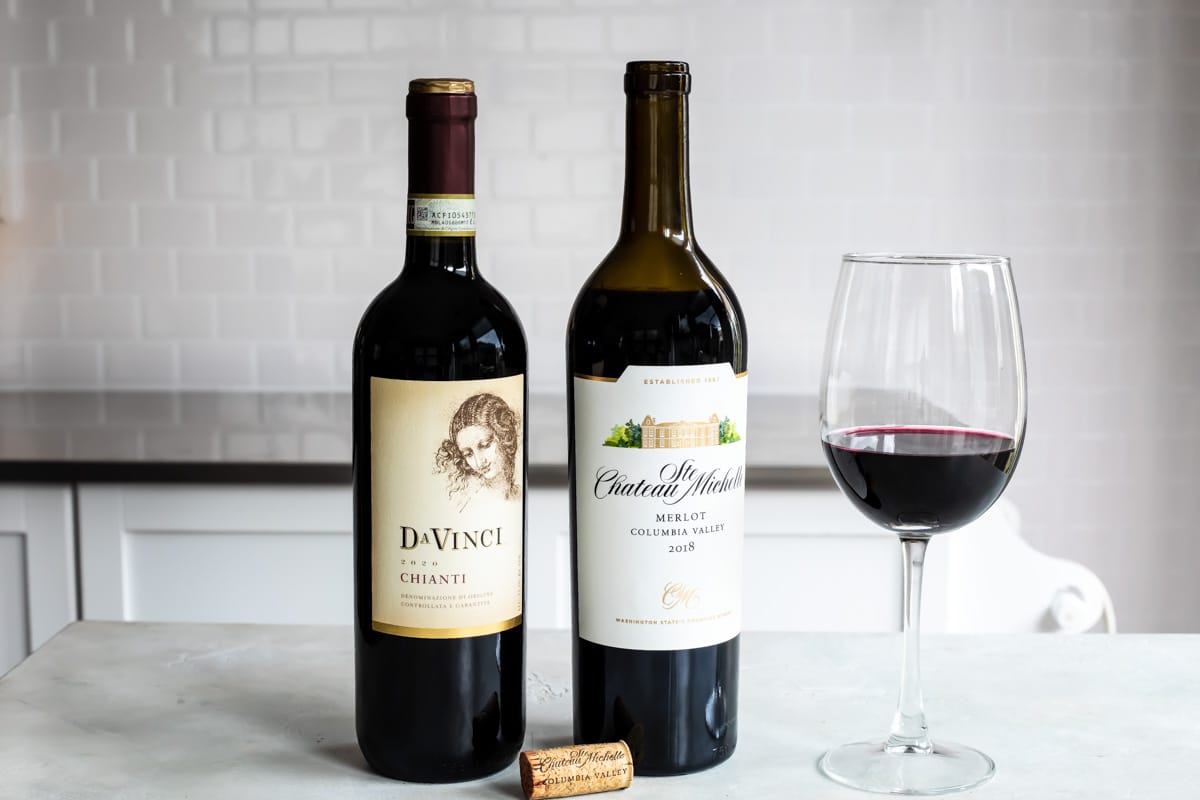
Full-bodied reds pack plenty of alcohol and tannins that make them feel sturdy, cozy, and robust. Grapes for these wines are often grown in warmer climates.
- Zinfandel
- Tempranillo
- Nebbiolo
- Malbec
- Cabernet Sauvignon
- Syrah/Shiraz
- Petite Sirah
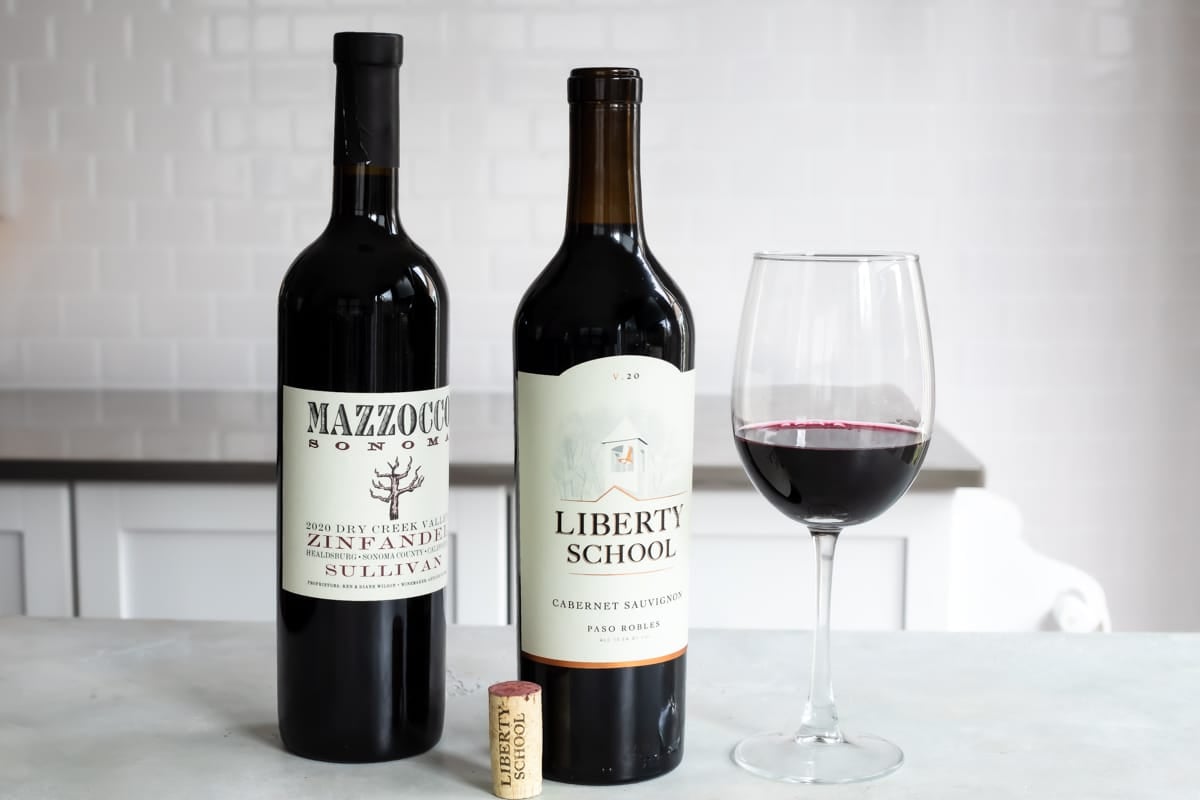
How to Serve Red Wine
The best temperature to serve red wine varies based on the weight of the wine. Chill lower-alcohol red wines a bit more than sturdier ones, using the wine serving temperature ranges below as a guide.
- Sparkling: 40-50 degrees F
- Lighter whites: 45-50 degrees F
- Fuller whites and rosés: 50-55 degrees F
- Lighter reds: 55-60 degrees F
- Fuller reds: 60-65 degrees F
There are a few different shapes and sizes of red wine glasses that sommeliers recommend. If you can only invest in one, it should be a “standard” or “universal” red wine glass that has a slightly tapered top.
Room in your collection for more? Consider a Bordeaux glass with a wider bowl and opening; these allow more of the aromas to release so the wine lands as smoother and less tannic. Or if you’re a bigger fan of lighter-bodied reds, seek out a Pinot Noir glass. Their wide bowls and tapered rims concentrate the aromas to highlight the bright fruit flavors.
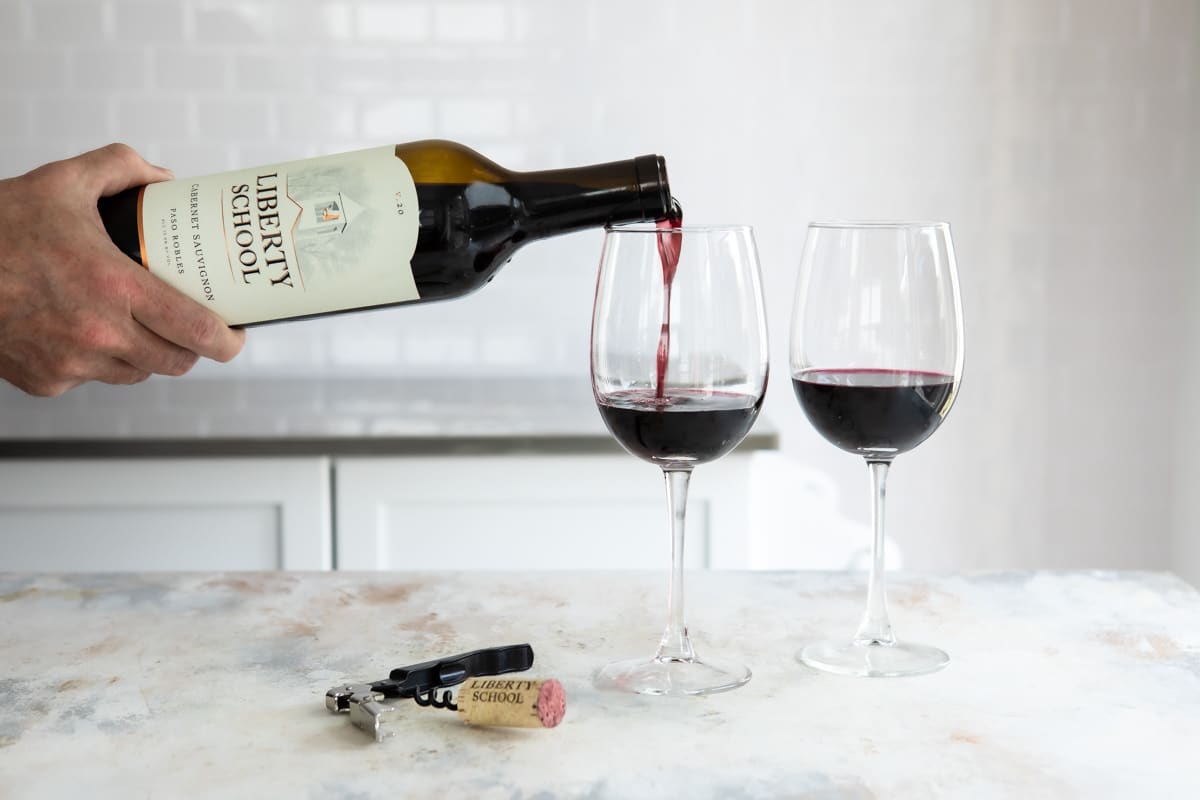
What Does a Wine Aerator Do?
A wine aerator infuses wine with oxygen to help the wine “breathe,” which increases the flavors of a wine and releases its natural aromas and it can be particularly useful when serving red wine. I love using the Rabbit Wine Aerator Shower Funnel to aerate my wines, and I like that it also removes sentiment or any pieces of cork. Plus, it’s inexpensive and just as effective as some more expensive models. It’s only $26.99 at Amazon, but we have some other options in our roundup of the best wine aerators.
Recipes to Pair With Red Wine
Lightweight reds are like the little black dress of the wine world. Think you can’t pour red wine with seafood? A good Gamay might change your tune! Light-bodied reds can act as a lovely partner for options ranging from Wild Mushroom Risotto to Blackened Salmon to Mezze Platters.
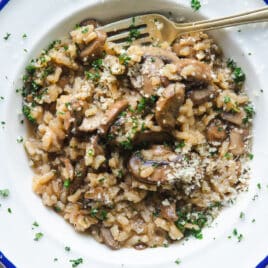
1
Mushroom Risotto
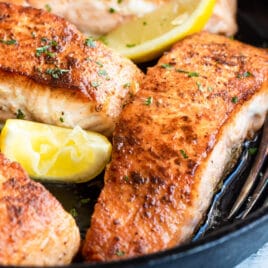
2
Blackened Salmon
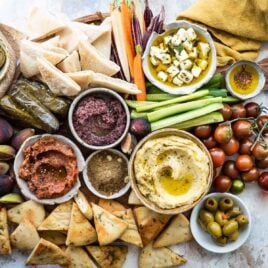
3
Mezze Platter
Medium-bodied red wines like Motelpulciano play nicely with classics like Lasagna and Rotisserie Chicken, as well as heartier mains including Pork Roast.
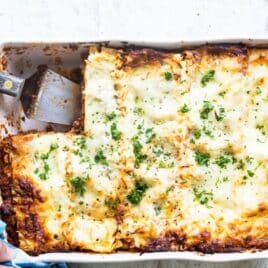
4
Traditional Lasagna Recipe
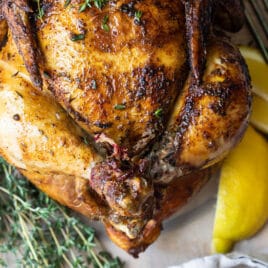
5
How to Make Rotisserie Chicken
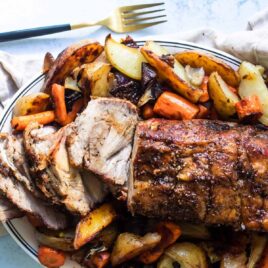
6
Pork Roast
Syrah and other full-bodied reds can stand up to powerful flavors and darker meat cuts; think barbecue (Best Barbecue Ribs), steaks (Chimichurri Steak), and rich Dutch oven dinners (Beef Stew).
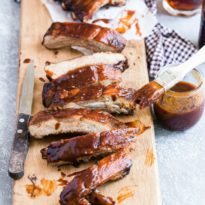
7
Best Barbecue Ribs
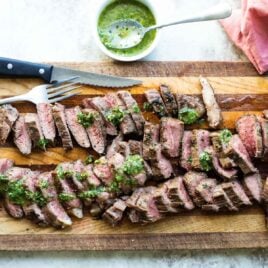
8
Chimichurri Steak
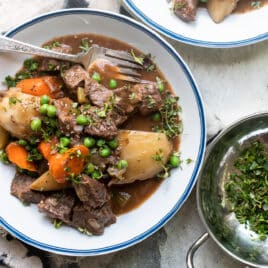
9
Beef Stew Recipe
If you’re just starting out in the wine world, check out my guides for the basics and beyond:
- A Guide to White Wine
- A Guide to Sparkling Wine
- A Guide to Rosé Wine
- The Best Wine Aerators
- The Biggest Wine Myths, Resolved
- Best Electric Wine Openers
- Best Under Counter Wine Fridges
Meggan Hill is a classically-trained chef and professional writer. Her meticulously-tested recipes and detailed tutorials bring confidence and success to home cooks everywhere. Meggan has been featured on NPR, HuffPost, FoxNews, LA Times, and more.